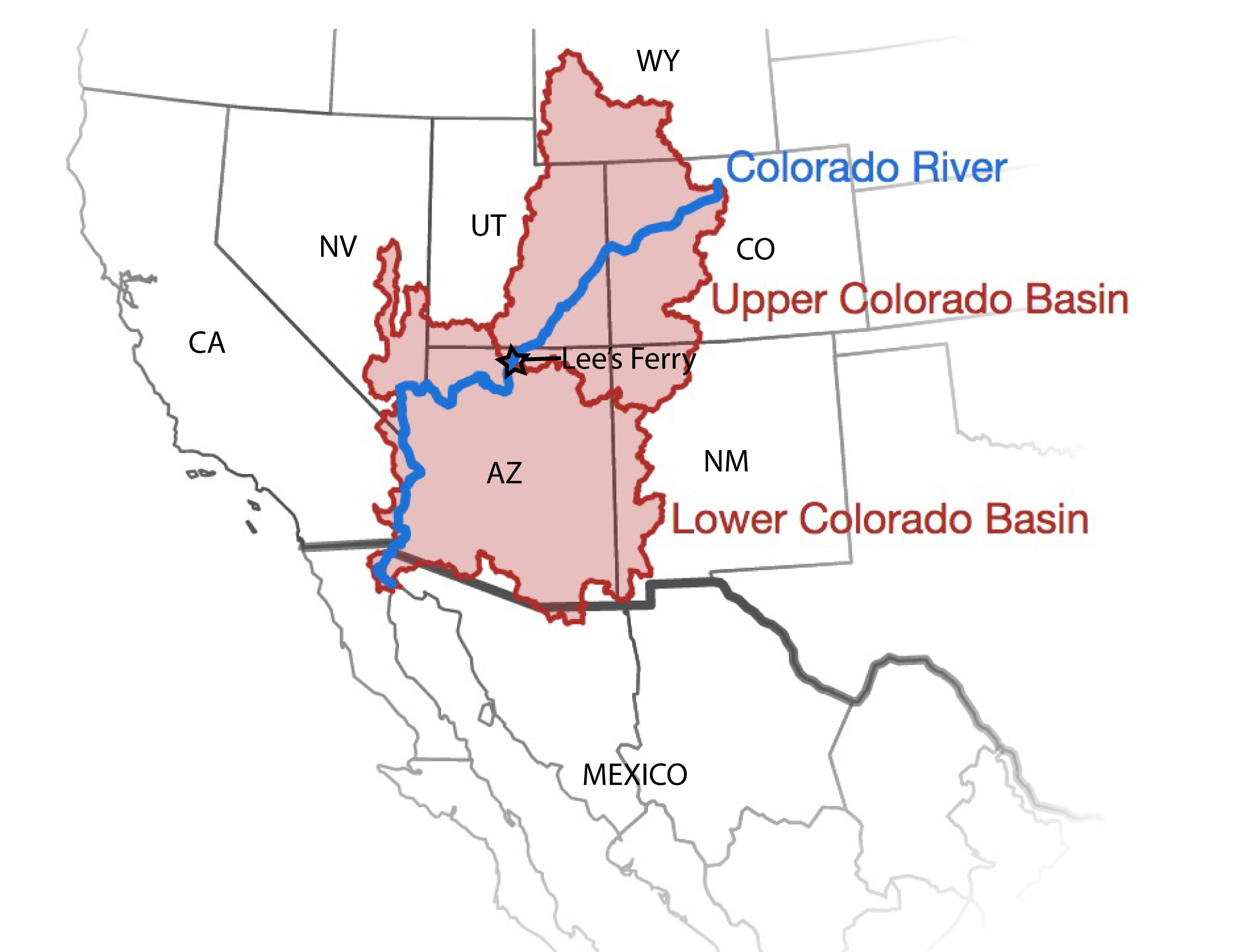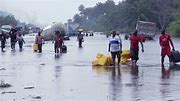The Colorado River Basin, a vital water source for cities and agriculture in seven states, faces a grim reality as groundwater supplies dwindle at an alarming rate. Recent research utilizing NASA satellite data reveals that the depletion of underground water reserves is occurring more rapidly than the loss of surface water in the iconic river.
“These findings are a stark warning about the unsustainable use of groundwater in the Colorado River Basin,”
emphasized Jay Famiglietti, the senior author of the study. The region, comprising states like Arizona, California, and Nevada, is grappling with escalating challenges posed by climate change and overallocation of water resources from the Colorado River.
Over two decades of persistent drought have exacerbated what scientists describe as an “aridification
” process gripping the basin. This aridification has triggered heightened tensions among stakeholders embroiled in negotiations over water allocations and impending reductions to address dwindling river flows.
“
The situation is pretty dire,” remarked Famiglietti.
“The disappearance of groundwater should serve as a wake-up call for everyone involved. We need to pay attention to this looming crisis.”
Anxieties are mounting within policy circles as officials race against time to secure agreements on mitigating water shortages before a critical 2026 deadline. The Bureau of Reclamation’s projections paint a bleak future for Lake Mead and Lake Powell—key reservoirs that dictate water availability across vast stretches of the basin—signaling imminent declines in their levels.
While recent periods of above-average precipitation offered temporary relief, they failed to offset long-term trends pointing towards severe water scarcity. The discrepancy between allocated water rights and actual supply volumes has underscored systemic flaws driving unsustainable consumption patterns across the region.
Satellite data tracking both surface and subsurface water bodies unveiled staggering losses totaling 42.3 million acre-feet throughout the basin. Groundwater accounted for a significant share, with approximately 27.8 million acre-feet vanishing—a volume equivalent to Lake Mead’s capacity.
The rapid depletion poses immediate challenges not factored into current negotiation frameworks addressing Colorado River management. Despite federal initiatives under previous administrations aimed at bolstering groundwater governance, progress remains sluggish amidst shifting political landscapes.
Elizabeth Koebele, an expert on water policy dynamics at the University of Nevada, Reno stressed the interconnectedness between surface waters and aquifers necessitating holistic management approaches beyond state boundaries.
Koebele highlighted how limited regulatory oversight exacerbates risks associated with unbridled groundwater extraction practices prevalent in regions like Arizona where unchecked usage patterns imperil long-term sustainability efforts.
“The urgency to integrate groundwater considerations into broader discussions is paramount,”
noted Koebele. She emphasized that policymakers must grapple with intricate trade-offs while navigating complex negotiations over equitable resource allocation strategies amid mounting pressures on finite water reserves.
Experts caution that without concerted efforts to address groundwater mismanagement alongside river conservation measures, states face protracted battles over resource allocations leading to exacerbated ecological imbalances and socioeconomic vulnerabilities.
As communities brace for uncertain futures defined by escalating climatic uncertainties,
the imperative lies in fostering collaborative frameworks facilitating adaptive responses aimed at ensuring sustained access to essential freshwater resources crucial for thriving ecosystems and resilient societies.









Leave feedback about this